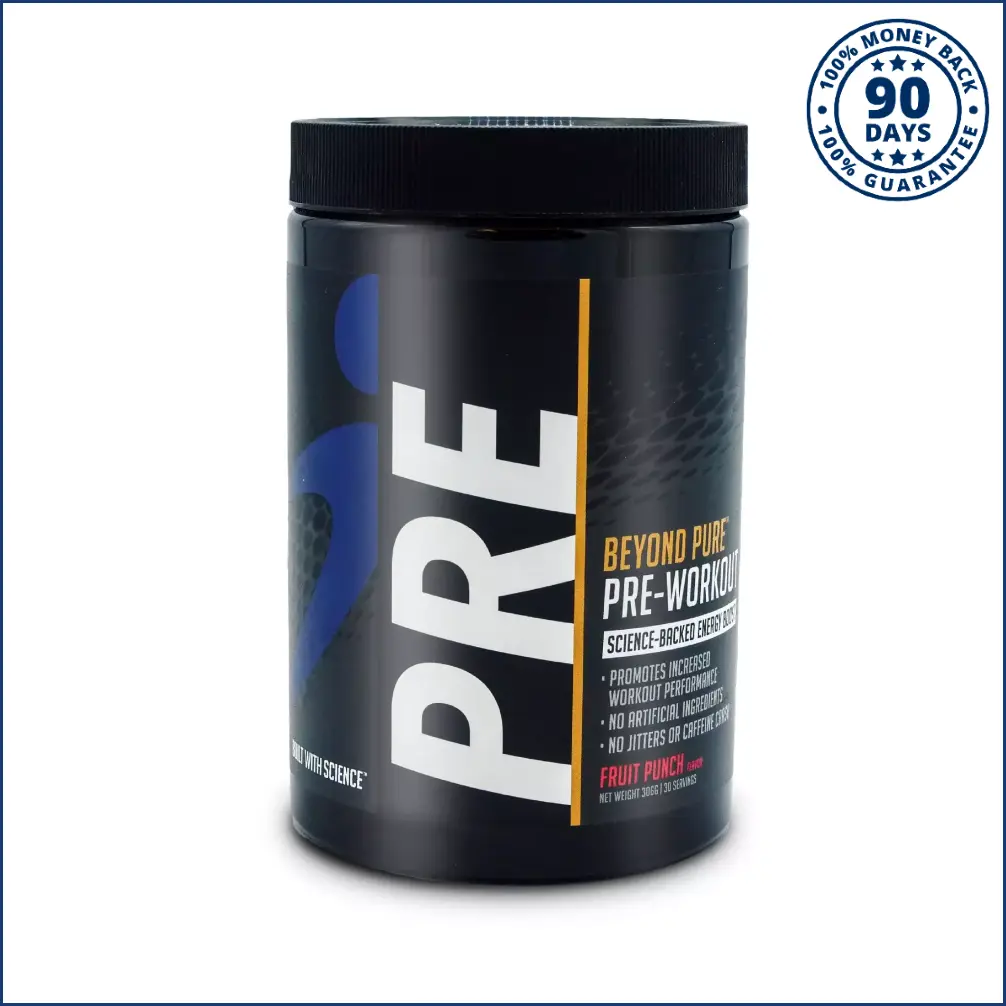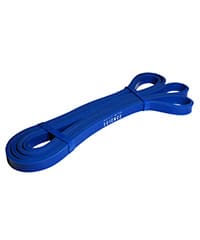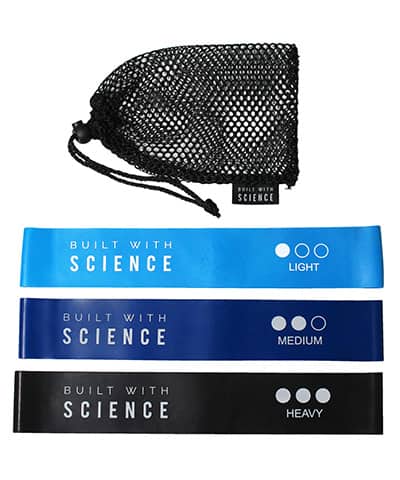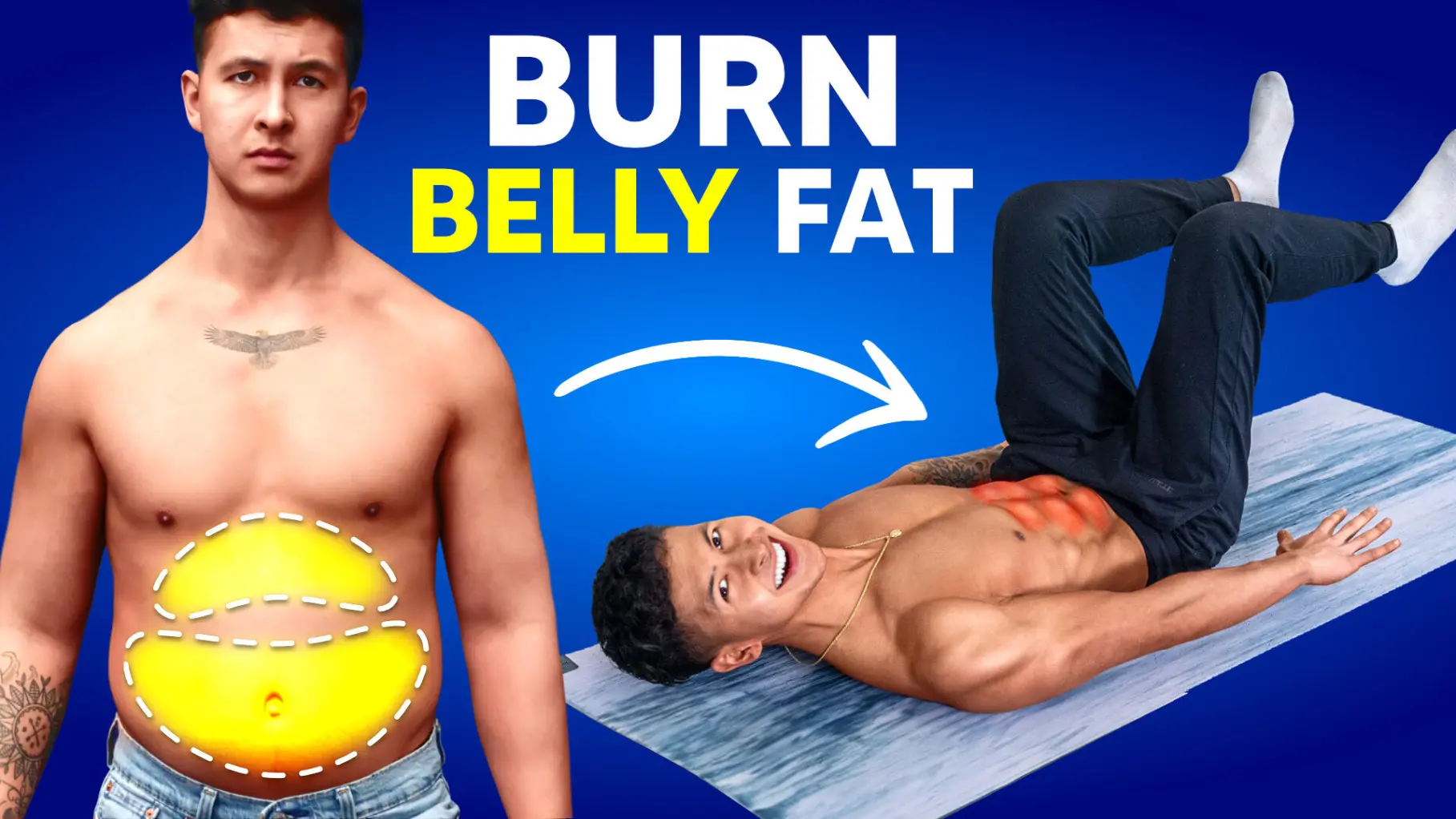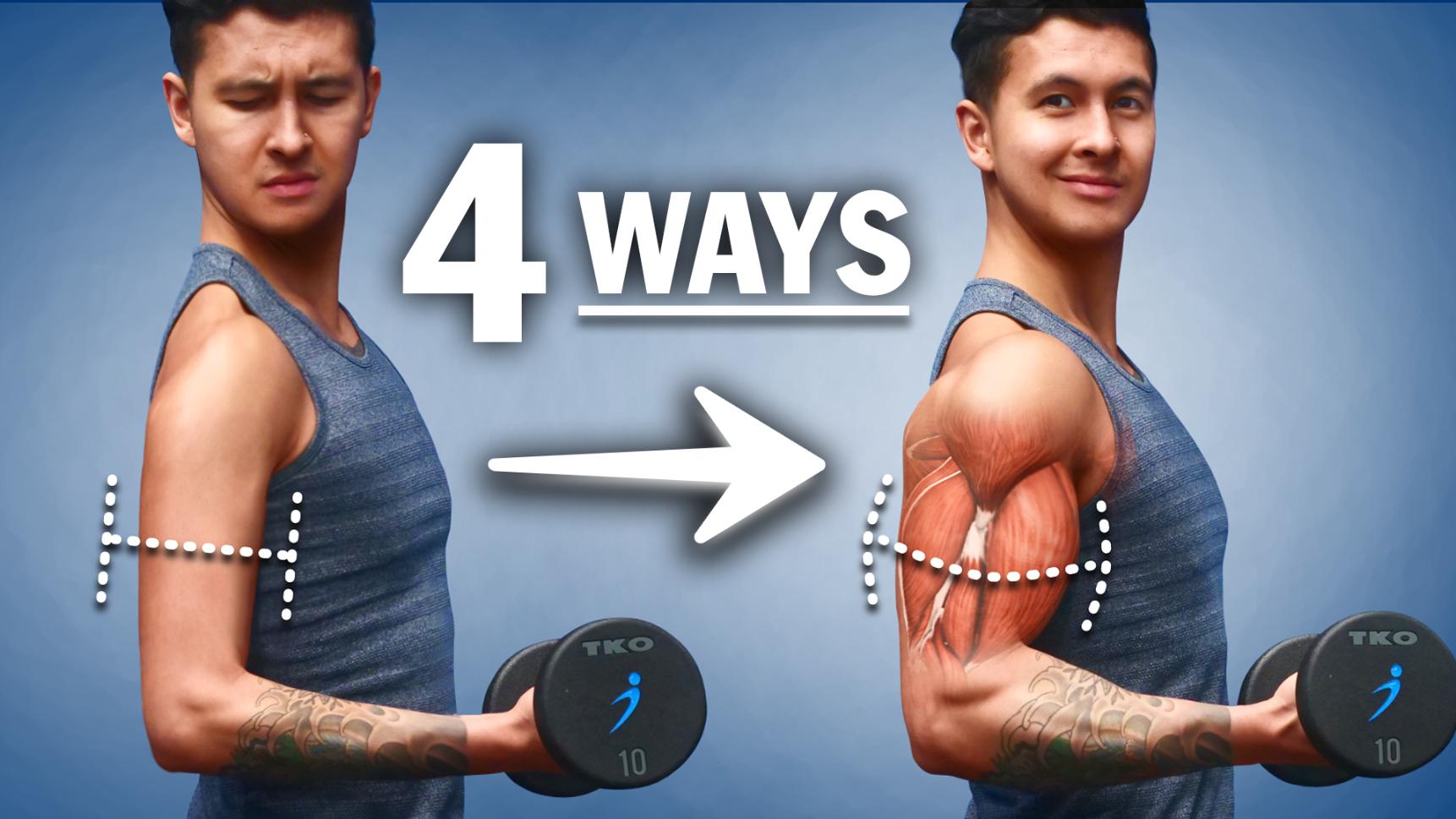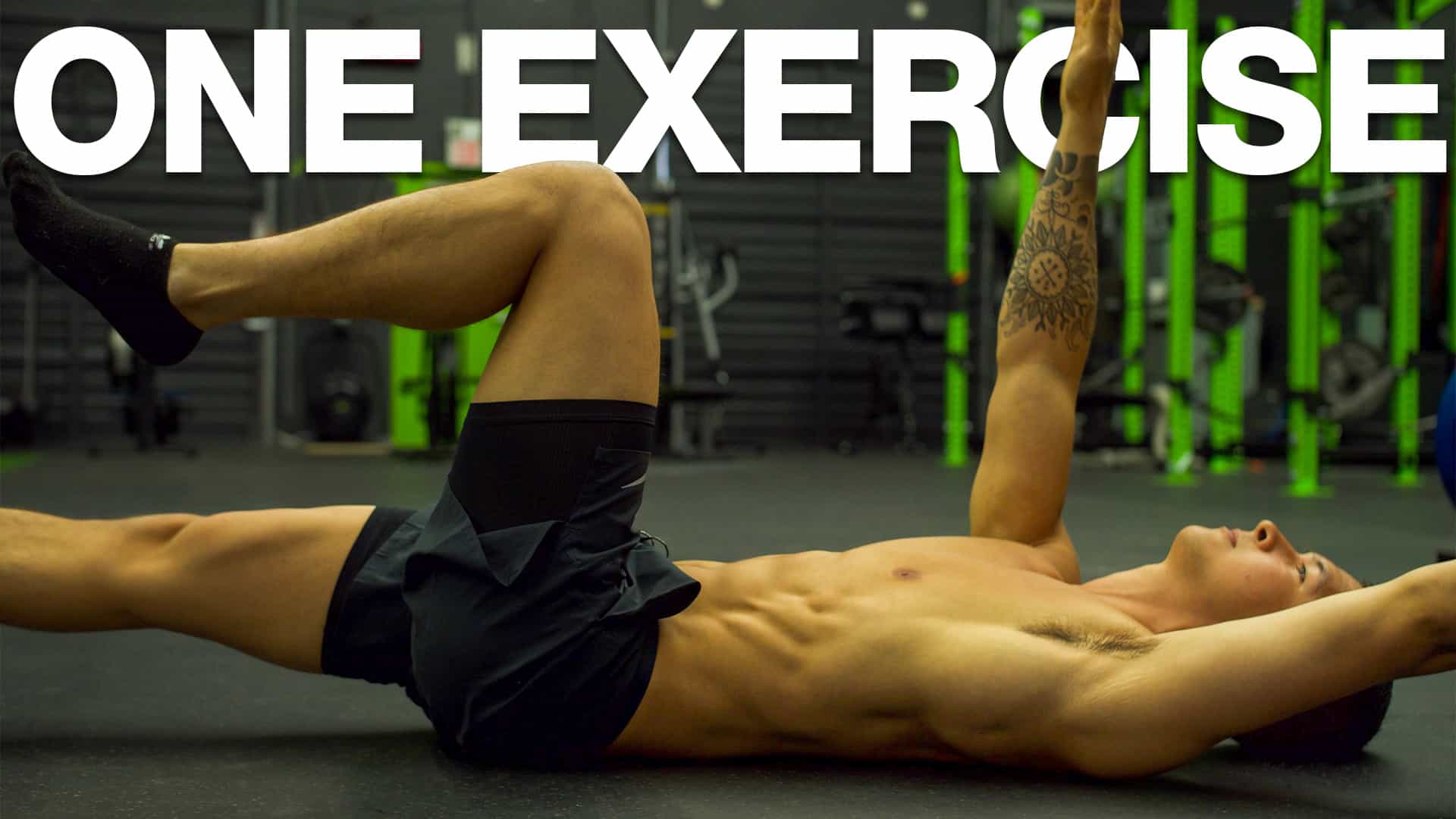
The Best Core Exercise You Should Be Doing Before EVERY Workout
Today I want to talk about the best core exercise that literally just takes 1 minute to do yet if done before your workouts and consistently over time, can help potentially speed up your gains.
Not to mention, help minimize your risk of injury. And potentially even alleviate some of the back pain you may be experiencing. Sounds too good to be true? Here's the truth. This 'best core exercise' does exist. And in today’s article, that’s exactly what I’m going to share with you. Most people think they’re training this muscle group properly. But they really aren’t. And as a result, this muscle gets weakened over time. Which creates all sorts of problems in and out of the gym.
Want to avoid these problems - which are only going to set your progress back in the gym? Of course, you do. And you're going to do just that with the programs I've created. Every one of them has been designed specifically to help you train every muscle group in the way they're supposed to. This way, you not only avoid getting injured but also experience the quickest growth possible. If you're interested:
Click the button below to take my analysis quiz to discover the best program for you:
↓
So what exactly is this muscle?
The Forgotten Muscle: The Transversus Abdominis
Well, it’s one of our key muscles in our core. And it’s the transversus abdominis. This muscle actually sits behind your rectus abdominis, or your “abs”. And it wraps horizontally around your lower abdomen to stabilize your spine. You can think of it almost like a weight belt. And you use this muscle, or “should be” using this muscle in combination with your other core muscles, whenever you move your arms or legs and whenever you perform your lifts in the gym.
Especially in the lifts like the squat, deadlift, pull-ups and overhead press. And the stronger this muscle is, the more stable you’ll be. And the more strength and power you can put into your exercises that require a lot of stability. Hence, potentially speeding up your gains as a result.
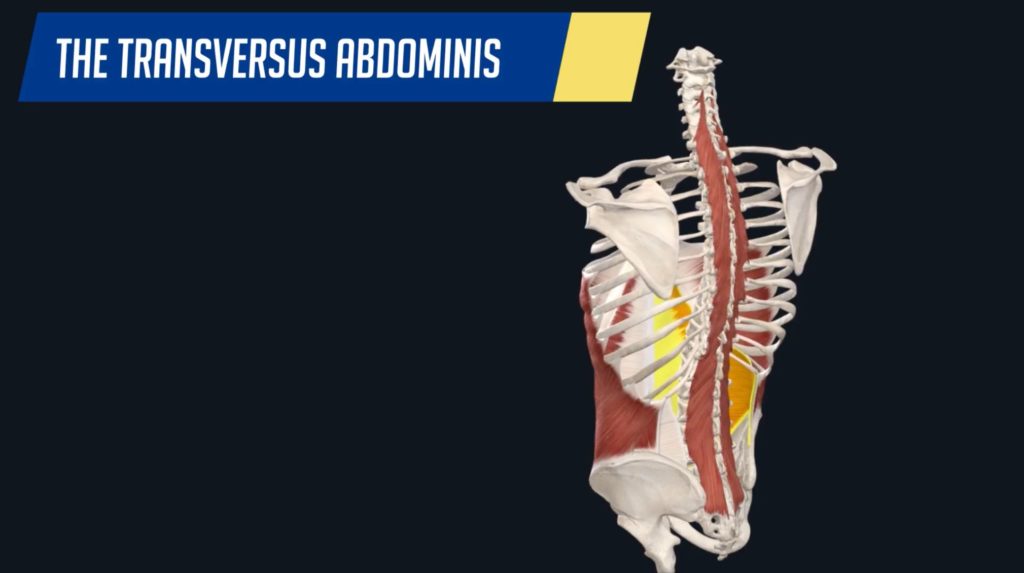
Why Is The Transversus Abdominis Typically Weak?
But the problem is that this muscle is weak as hell in a lot of people. And is one of the most common causes behind strength plateaus in big lifts and even back pain. I mean I myself unknowingly neglected this muscle for the longest time. And it wasn’t until I started really focusing on strengthening this muscle that I started to break through the strength and muscle growth plateaus that I had for the longest time.
The reason why this muscle commonly gets weak? It's because your typical “abs” exercises like crunches and bicycle kicks just don’t cut it when it comes to this muscle. In fact, research shows that these exercises do very little towards strengthening this muscle. That's because this muscle is best strengthened by using isometric exercises that are built to enhance both muscular endurance and coordination.
What exactly does this look like, though? And what is this exercise that you’ve been patiently waiting to hear?
The Best Core Exercise: The Dead Bug
It’s something called the dead bug. This core exercise has been used in several studies aiming to improve core stability. Why? Because it seems to activate the transversus abdominus, along with the other core muscles the best.
Now, this exercise is what’s termed as an "anti-extension" exercise. This is where you brace your core and deep abdominal muscles to prevent your lower back from arching as you extend your arms and legs. Sounds simple enough, right? But many people struggle to execute this basic movement properly. And is the reason why many people can’t:
- Move their hips without tightening up their lower back muscles OR
- Raise their arms overhead without arching their lower back
...This can put your spine in a compromised position. Thus, creating inefficiencies when you perform your exercises. The dead bug helps address these issues by teaching you how to move at your extremities without compensating at your spine.
Some of you may have seen this exercise before or even tried it out. But I guarantee that you haven’t done it properly. And, more importantly, in a way that actually strengthens the transversus abdominis to the greatest degree.
Because the main goal of this exercise is not to simply extend the arms and legs. Instead, it’s to isometrically brace and stabilize the core while moving at the extremities. But this version I’m showing here is a more advanced progression that when done properly will already be too difficult for most of you.
How To Do A Dead Bug
Beginner-Friendly Version Of The Dead Bug Exercise
To start, here’s what I want you to do. Simply lay on your back with your knees bent. Then, take a deep breath into your belly, followed by a deep breath out. When you're near-maximal exhalation, draw your belly button into your spine to brace your core and flatten your lower back onto the ground.
You want to brace yourself as if someone were about to drop a ball on your stomach. This should create a feeling of firmness around your entire midsection and lower back. So, feel your stomach and your sides to make sure there’s tension there. If you don’t brace properly? You’ll only activate your rectus abdominis, or your “six pack”, instead which is what we want to avoid.

Once you get this down, continue breathing as you maintain the bracing in your core. And then bring your arms straight up and knees bent to 90 degrees. Your lower back should still be flat against the ground. And you should still be bracing as if someone were just waiting to drop that ball on your stomach. At this point, you should already be feeling your core working hard to maintain that position.

I’ll be honest. Can’t hold this position with your core braced and breathing through it for at least 60 seconds? Then how the hell do you expect to hold this throughout a whole set of:
- Squats
- Deadlifts OR
- Overhead press
...Where you’re now loading your body with weight and placing far grater demands on your core stability than we are with this exercise? You’re not! And this is why a weakness here is such a common reason for plateaus and injuries.
So, start here, nail this down for at least 60 seconds, and then once you’re ready there you’ll want to slowly progress it.
And if you're still struggling with the proper execution of this exercise, you might want to consider signing up for our 3-on-1 coaching program. My team of experts here at BWS - and I - are going to guide you, step-by-step, with science-based cues that'll help you conquer the dead bug (amongst other exercises). Find out how we can help you do a dead bug (and more!) below:
Click the button below to find out more about the 3-on-1 coaching program:
↓
How To Progress The Dead Bug Exercise
And to do so, you can start by again bracing properly and then just bring one arm up at a time like so.

Then, from here you can move to one leg up at a time.
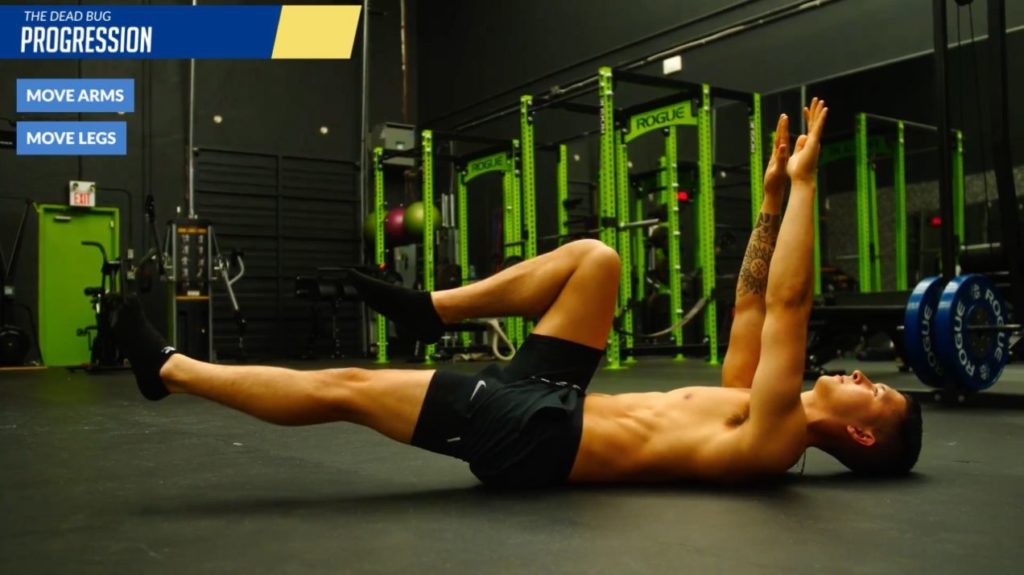
Then, from here you can work your way up to the full dead-bug. This is where the opposite arms and legs being extended simultaneously.
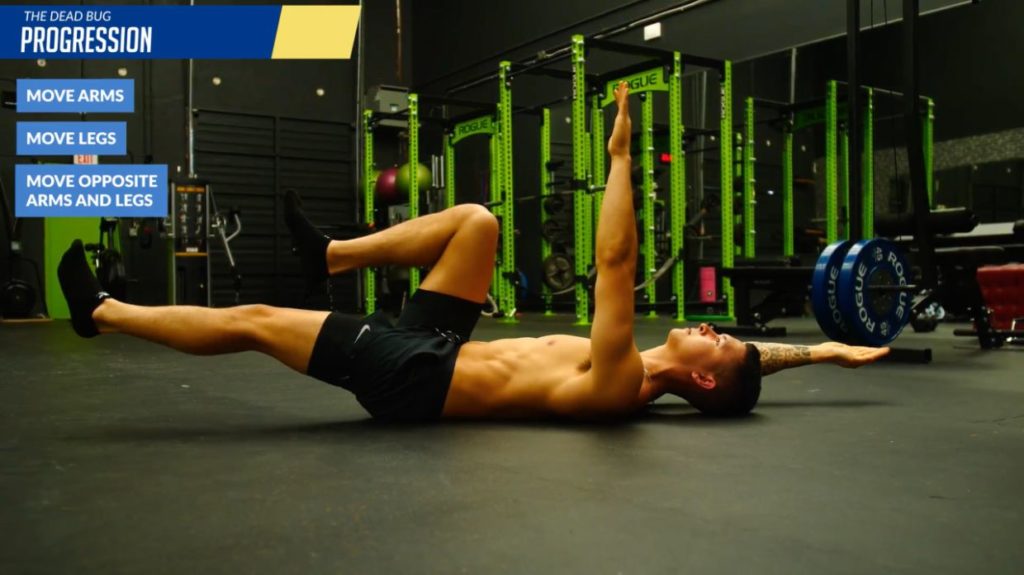
And then, from here, you can even move onto something like hollow body holds. And even hollow body rocks, where the exact same idea applies.
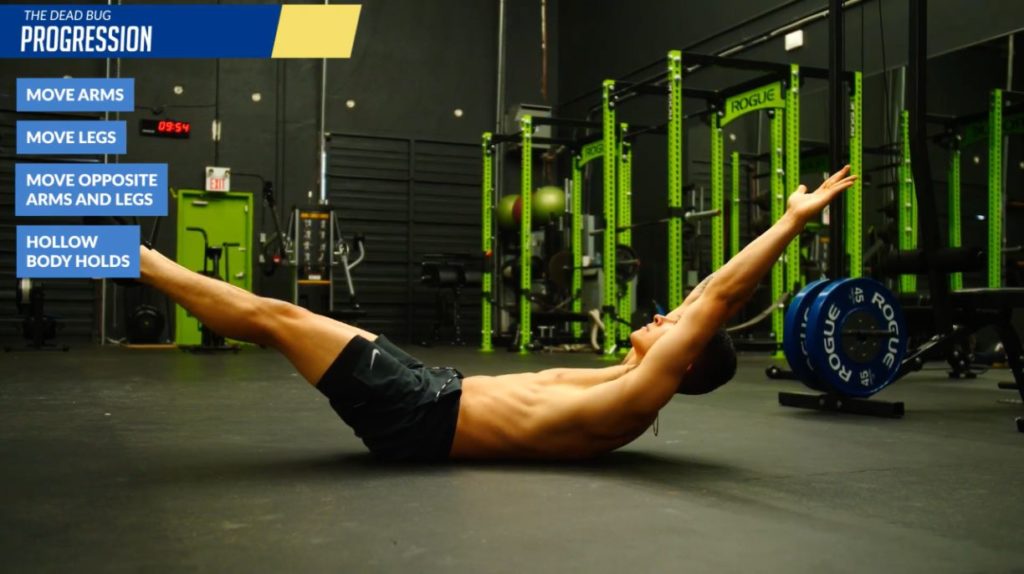
But throughout all these guys, you need to be keeping:
- That belly button drawn-in
- Your lower back flat
- Constant 360 bracing in your core
And, not to mention, be breathing properly throughout them.
You can even experiment with keeping a resistance band under your lower back as you do the movement. This helps ensure you’re keeping your back flat against the ground. Otherwise, the resistance band will slip out.
Basically, you want to execute whatever progression you choose to do in a way such that if someone were holding a ball over you, your core would be ready and braced for that ball to hit at any moment during your reps. Which isn’t easy to do. I’m literally shaking here out of fatigue just from doing this simple movement.
How To Incorporate The Dead Bug Exercise Into Your Routine
As for when and how exactly to apply this? What I’d recommend is to first pick the progression that best suits your current level of core strength and one that you can do properly for about a minute without absolutely fatiguing yourself.
You’ll want to do this as part of your warm-up routine shortly before you go into your workout. This is especially if that workout involves exercises that require a lot of core stability. Doing so will gradually improve your core stability and endurance over time. And it will also help immediately enhance your proprioception and activation of your core before your workout. This then helps you to actually use your core as you should be in your exercises.
As a result of this, over time your body will get in the habit of properly firing and actually using your core in your exercises. This then translates to more strength and more reps especially on exercises like the pull-up, push-up, overhead press, squat, and deadlift where core stability demands are high.
I’d even recommend if your core is quite weak, to periodically do this exercise between your sets of these exercises.
This is just to get your core firing and to further engrain that neurological firing pattern during your movements. In this case, you will want to avoid going to fatigue, though. So, you will likely have to go lighter on your movements. But by taking the time to focus on this, it’s going to help you establish much better core stability during your movements. And will lead to better gains in the long run.
The Best Core Exercise You Need To Do: Takeaway
But I hope you were able to see that it's these muscles that we tend to unknowingly neglect that very easily start to hinder our progress and put us at a greater risk for injury. Which is why it’s so important that you don’t overlook them in your training.
And for a step-by-step program that puts this all together for you by showing you exactly how, and why, to train these overlooked muscles and how to combine them with your main workouts week after week so that you can build muscle as efficiently and as safely as possible, then:
Click the button below to take my analysis quiz to discover the best program for you:
↓
I hope you enjoyed this article! Don’t forget to give me a follow and connect with me on Instagram, Facebook, and Youtube as well, in order to stay up to date with my content.


